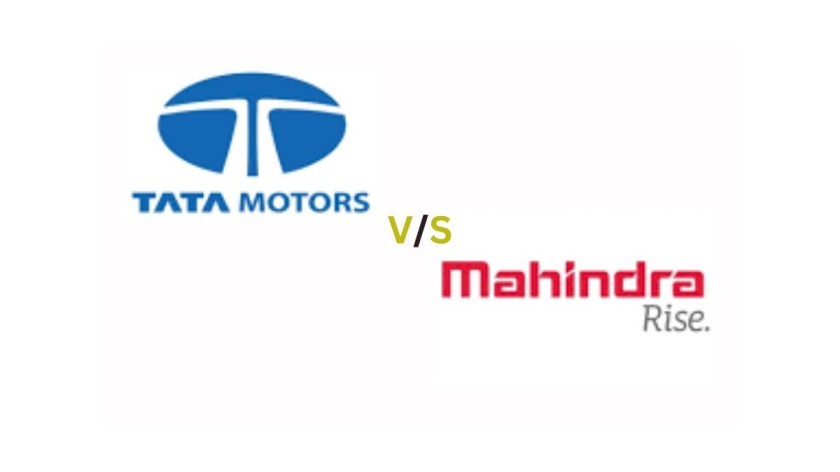Table of Contents
Introduction:
In India, car safety has emerged as a critical concern, influencing both manufacturers’ designs and consumers’ purchasing decisions. As road traffic increases and urbanization continues to expand, the importance of robust safety features in vehicles cannot be overstated. Among the leading domestic car manufacturers, Tata Motors and Mahindra & Mahindra stand out for their unwavering commitment to integrating advanced safety technologies into their vehicles.
Tata Motors, with a long history of innovation and engineering excellence, has made significant strides in enhancing vehicle safety. The company’s approach encompasses a comprehensive range of safety features, from structural integrity to advanced driver-assistance systems, aimed at providing maximum protection to occupants.
Similarly, Mahindra & Mahindra, renowned for their rugged and reliable vehicles, has also been proactive in adopting cutting-edge safety features. The brand’s focus extends beyond basic safety measures to include sophisticated systems designed to prevent accidents and mitigate the impact of collisions.
As consumers become increasingly safety-conscious, it becomes crucial to understand how these two brands compare in terms of the safety features they offer. This detailed analysis will examine the key safety technologies, crash test ratings, and innovative features provided by Tata and Mahindra. By exploring these aspects, we aim to provide a clear comparison to help you make an informed decision when choosing your next vehicle. Let’s delve into the specifics to see how Tata and Mahindra stack up against each other in the realm of car safety.
Points to Note in Safety features Tata vs Mahindra cars:
(1) Global NCAP Ratings:
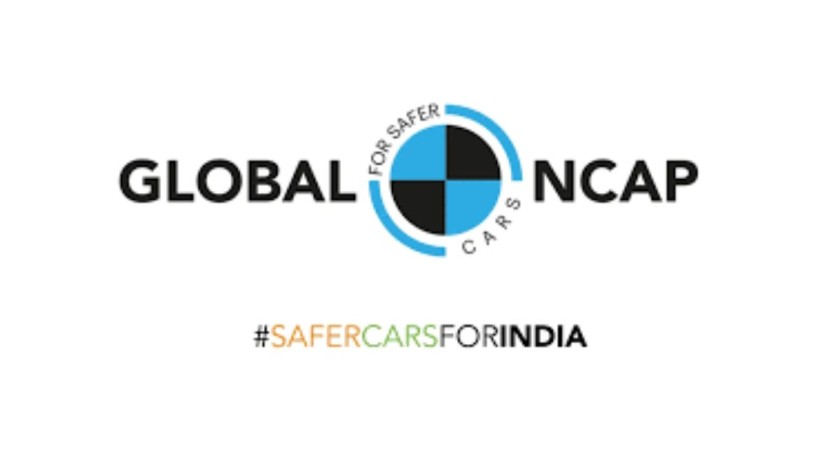
Global NCAP (New Car Assessment Program) provides independent crash test ratings that serve as a benchmark for vehicle safety worldwide.
Tata Motors:
Nexon, Harrier, and Tiago: These models have garnered impressive 5-star ratings from Global NCAP. This high rating indicates superior occupant protection in the event of a collision, reflecting Tata’s commitment to robust safety standards.
Mahindra & Mahindra:
XUV300, Scorpio-N, and XUV700: Mahindra has also made significant strides in safety, with these models securing commendable 5-star ratings from Global NCAP. This showcases Mahindra’s dedication to passenger safety through rigorous engineering and testing.
(2) Key Safety Features:
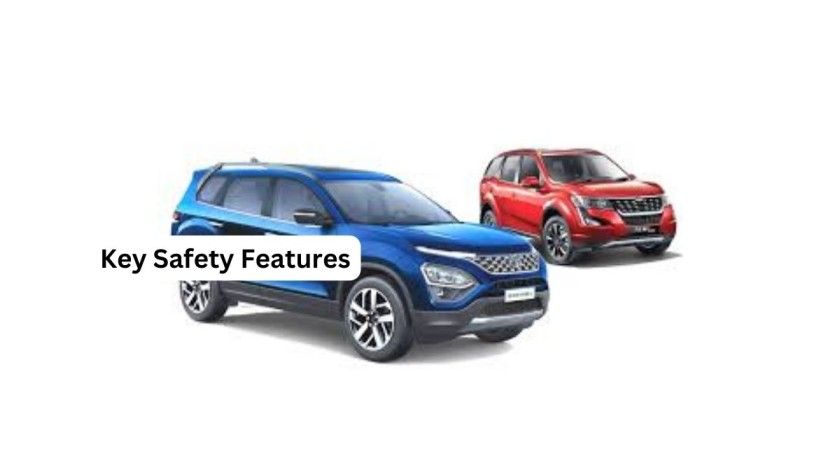
Both Tata and Mahindra incorporate a suite of essential safety features across their vehicle ranges, but there are distinct differences in their approaches.
Common Safety Features:
- Anti-lock Braking System (ABS) with Electronic Brake-force Distribution (EBD): Prevents wheel lock-up during emergency braking, enhancing vehicle control.
- Driver and Passenger Airbags: Typically dual front airbags are standard, providing crucial protection in frontal impacts.
- Seatbelt Reminders: Alerts the driver and front passenger to fasten their seatbelts, promoting safer driving habits.
- ISOFIX Child Seat Anchorages: Standard in most models, ensuring secure installation of child seats.
Tata Motors’ Enhanced Safety Technologies:
- Electronic Stability Program (ESP): Enhances vehicle stability during emergency maneuvers by preventing skidding and rollovers.
- Traction Control System (TCS): Reduces wheelspin on slippery surfaces, improving control during acceleration.
- Hill Hold Control (HHC): Prevents rollback on inclines, facilitating smoother starts on hills.
Mahindra & Mahindra’s Advanced Features:
- Mahindra XUV700’s Level 2 ADAS (Advanced Driver-Assistance Systems): Includes features like lane departure warning, automatic emergency braking, and adaptive cruise control. These technologies represent a significant step forward in driver assistance, enhancing overall safety and driving convenience.
(3) Safety Beyond Features:
Car Construction:
Both Tata and Mahindra employ high-strength steel in their car bodies, enhancing crashworthiness and occupant protection. This structural integrity is crucial for minimizing injury in severe collisions.
(4) The Takeaway:
Both Tata and Mahindra prioritize safety in their vehicle designs, offering a range of essential and advanced safety features. While Tata models often include additional driver-assistance technologies, Mahindra is making significant advances with the XUV700’s ADAS features. Your choice of vehicle should depend on your specific safety needs and budget.
(5) Choosing the Safest Car:
- Evaluate Your Needs: Determine whether you prioritize features like lane departure warning or automatic emergency braking.
- Model-Specific Research: Investigate the safety features of specific Tata and Mahindra models that interest you.
- Global NCAP Ratings: Review crash test performance for a comprehensive understanding of safety.
- Test Drive: Experience the vehicle’s handling, braking, and safety features firsthand.
(6) Going Beyond the Basics:
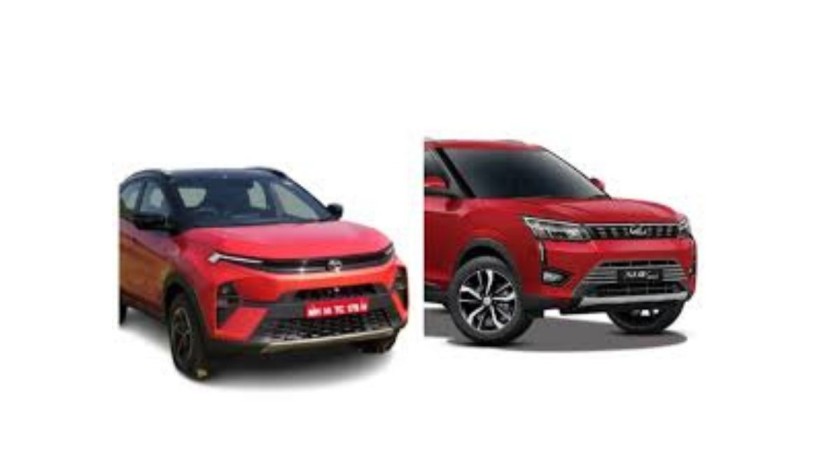
This comparison covers essential safety features, but there are additional factors to consider:
After-Sales Service:
A reliable after-sales service network is crucial for maintaining optimal safety performance through timely repairs and maintenance. Research the reputation of both brands’ service networks in your area.
Safety Recalls:
Monitor both manufacturers’ histories with safety recalls. A prompt and effective response to recalls indicates a brand’s commitment to addressing potential safety issues.
Additional Safety Ratings:
Explore ratings from other organizations like ASEAN NCAP or the upcoming Indian NCAP for a more comprehensive safety assessment.
(7) Making an Informed Decision:
- Beyond Specs: Understand that overall safety depends on a combination of features, construction materials, crumple zones, and airbag deployment strategies.
- Budget Considerations: Advanced safety features often come at a premium. Balance your safety needs with your budget.
- Ask Questions: During your test drive, inquire about specific safety features and their real-world benefits.
(8) Safety Tips for All Drivers:
- Always Wear Your Seatbelt: This is the single most effective way to protect yourself in a car accident.
- Follow Traffic Rules: Adhering to speed limits and traffic regulations significantly reduces the risk of accidents.
- Avoid Distractions: Focus on driving and avoid using your phone while behind the wheel.
- Regular Maintenance: Ensure your car’s safety features are functioning optimally through regular servicing.
- Stay Alert: Avoid driving when tired.
Safety First: A Comparison of Tata vs Mahindra Car Safety Features (India) – Expert Opinions and Future Outlook
In our ongoing exploration of car safety in India, it’s crucial to delve deeper into the comprehensive range of safety features offered by domestic automotive giants Tata Motors and Mahindra & Mahindra. As car safety becomes an increasingly important factor for consumers, understanding the nuances and advancements in this field can significantly influence purchasing decisions. To provide a thorough analysis, we will incorporate insights from industry experts, including automotive journalists and safety specialists, who can offer valuable perspectives on the effectiveness and real-world implications of various safety technologies.
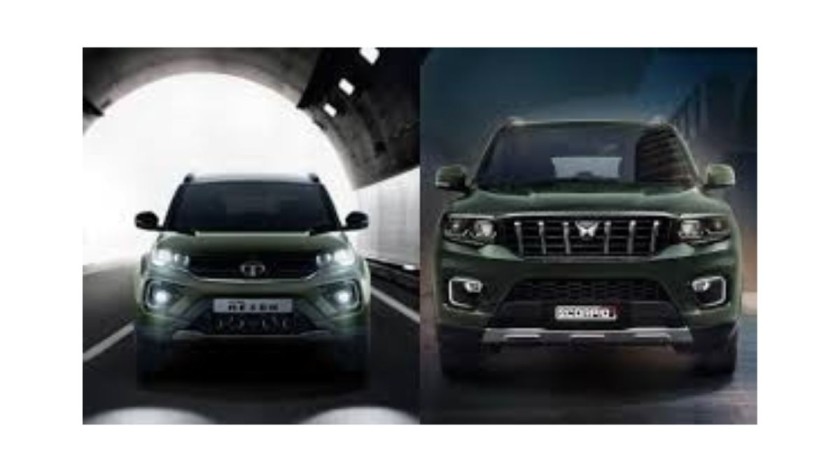
Additionally, we will examine the trajectory of future safety innovations that Tata and Mahindra are likely to adopt, exploring trends such as Advanced Driver-Assistance Systems (ADAS), autonomous driving technologies, and connected car features. This detailed examination aims to equip you with the knowledge needed to make informed choices about vehicle safety, ensuring you prioritize the well-being of yourself and your passengers on the road.
Expert Insights:
Auto Journalists: Seek reviews from reputable auto journalists who evaluate a car’s safety features, crashworthiness, and overall driving dynamics.
Safety Experts: Articles or interviews by automotive safety experts provide valuable insights into the effectiveness of specific safety features and their real-world impact.
The Road Ahead: Future of Safety
Both Tata and Mahindra are actively developing and implementing advanced safety technologies:
Advanced Driver-Assistance Systems (ADAS):
Expect broader adoption of ADAS features like lane departure warning, automatic emergency braking, and adaptive cruise control across various models from both brands.
Autonomous Driving Technology:
While fully autonomous vehicles are still in development, expect advancements in semi-autonomous features like lane-keeping assist and adaptive cruise control with stop-and-go functionality.
Connected Car Technology:
Innovations like emergency assistance and automatic crash notification can provide prompt help in case of an accident, potentially saving lives.
Staying Informed:
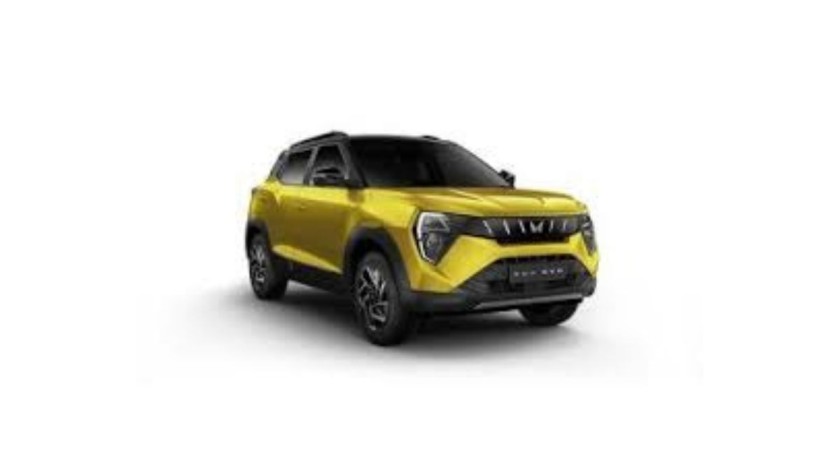
Industry News:
Stay updated on the latest developments in car safety by following industry publications and attending auto shows.
Manufacturer Websites:
Explore car manufacturer websites for information on their latest safety technologies and upcoming advancements.
The Final Word:
Tata and Mahindra are continuously improving the safety features in their cars. By understanding their current offerings, considering future advancements, and prioritizing your specific needs, you can make a well-informed decision when choosing your next car.
Remember, safety is not a competition; it’s a collective responsibility. By prioritizing car safety and adopting safe driving practices, we can create safer roads for everyone in India.
Do you have any questions about specific safety features or upcoming technologies? Share your thoughts in the comments below!
This concludes our series on comparing Tata vs Mahindra car safety features. By incorporating expert opinions, and future considerations, and concluding with a strong call to action, this blog aims to establish you as a thought leader in car safety discussions within the Indian market.
Read More- OnePlus Nord CE 4 Lite: Key Features and Specs
FAQ-
Why is car safety so important in India?
Car safety is crucial in India due to the high incidence of road accidents. Prioritizing safety features in vehicles helps protect occupants during collisions, reduce fatalities, and promote safer driving habits.
What is Global NCAP and why are its ratings important?
Global NCAP (New Car Assessment Program) is an independent organization that conducts crash tests and provides safety ratings for vehicles. These ratings are important as they offer an unbiased assessment of a car’s crashworthiness and occupant protection, helping consumers make informed decisions.
How do Tata and Mahindra compare in terms of Global NCAP ratings?
Tata models like the Nexon, Harrier, and Tiago have received impressive 5-star ratings from Global NCAP. Similarly, Mahindra models such as the XUV300, Scorpio-N, and XUV700 have also secured commendable 5-star ratings, indicating both brands’ commitment to high safety standards.
How important is car construction in terms of safety?
Car construction is vital for safety. Both Tata and Mahindra use high-strength steel in their car bodies to enhance crashworthiness and provide better protection to occupants in case of an accident.
Where can I find expert opinions on car safety features?
Look for reviews from reputable auto journalists and articles or interviews by automotive safety experts to gain insights into the effectiveness and real-world impact of various safety features.
How do I make an informed decision about my next car purchase?
Understand the safety features and ratings of the models you’re considering, balance your safety needs with your budget, test drive the vehicles, and ask detailed questions about safety features and their functionalities.
What future safety advancements can we expect from Tata and Mahindra?
Future advancements may include:
*More widespread adoption of ADAS features
*Progress in autonomous driving technologies
*Enhanced connected car features like emergency assistance and automatic crash notifications
How can I stay informed about the latest developments in car safety?
Stay updated by:
*Following industry news and publications
*Attending auto shows
*Visiting manufacturer websites for the latest information on safety technologies and advancements
What are some general safety tips for all drivers?
*Always wear your seatbelt
*Follow traffic rules and speed limits
*Avoid distractions while driving
*Maintain your car regularly
*Stay alert and avoid driving when fatigued
Are there other factors beyond safety features to consider?
Yes, other factors include:
*After-sales service and the reliability of the service network
*History and response to safety recalls
*Comprehensive safety ratings from other organizations like ASEAN NCAP or the upcoming Indian NCAP

